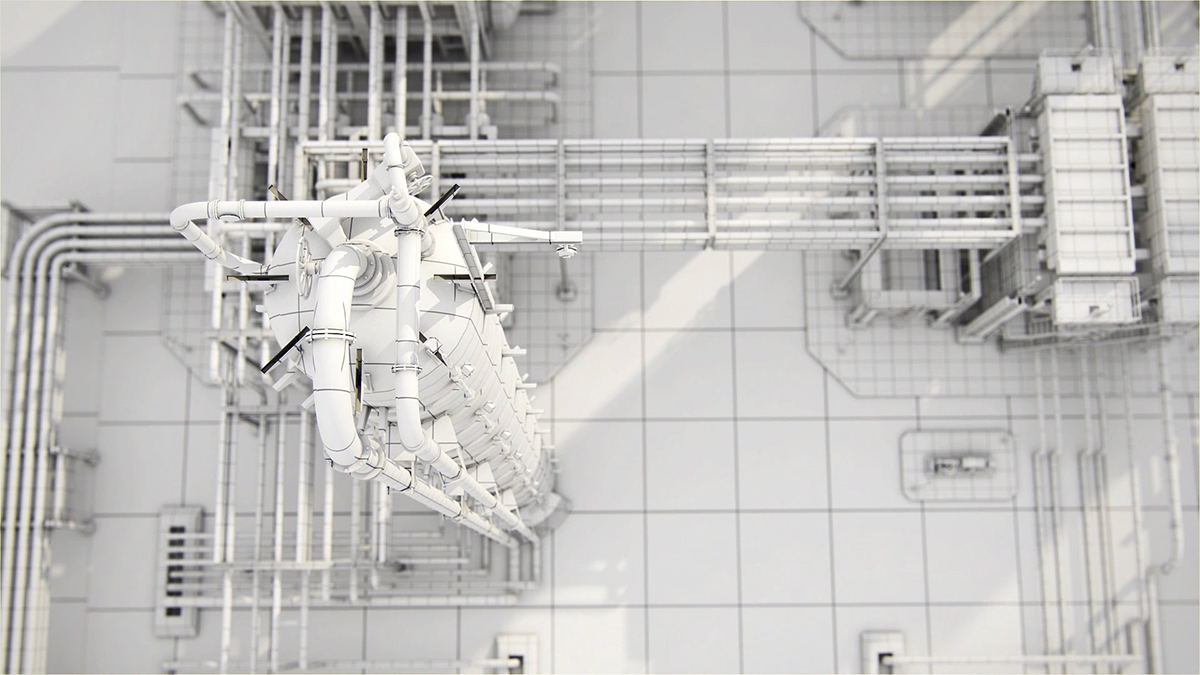For decades, Shell has been one of the largest global players in the field of GTL. GTL stands for Gas-To-Liquids. But how does this technology work exactly? MCW created an animation which clearly illustrates every step of the process.
In order to satisfy growing energy requirements, we will need to use additional sources. Gas has always played an important role here. For decades, Shell has been one of the largest global players in the field of LNG (Liquefied Natural Gas) and GTL.
Animation Shell Gas-To-Liquids
GTL stands for Gas-To-Liquids, liquid fuel which is made of natural gas. The conversion of gas into liquid fuel is a complex chemical process which Shell has been optimising since 1970. In order to explain this process, we created an animation which clearly illustrates every step.
GTL technology converts natural gas, the cleanest of the fossil fuels, into high-quality liquid products which would otherwise be made from crude oil. These products include fuel for vehicles, engine oils and the ingredients for everyday necessities such as plastics, detergents and cosmetics. GTL products are colourless and odourless. They contain virtually no sulphur, aromatics and nitrogen, contaminants which are found in crude oil.
In 1993, Shell opened the world's first commercial GTL factory in Malaysia. And in 2012, the GTL mega-project Pearl GTL in Qatar was running at full production capacity.



